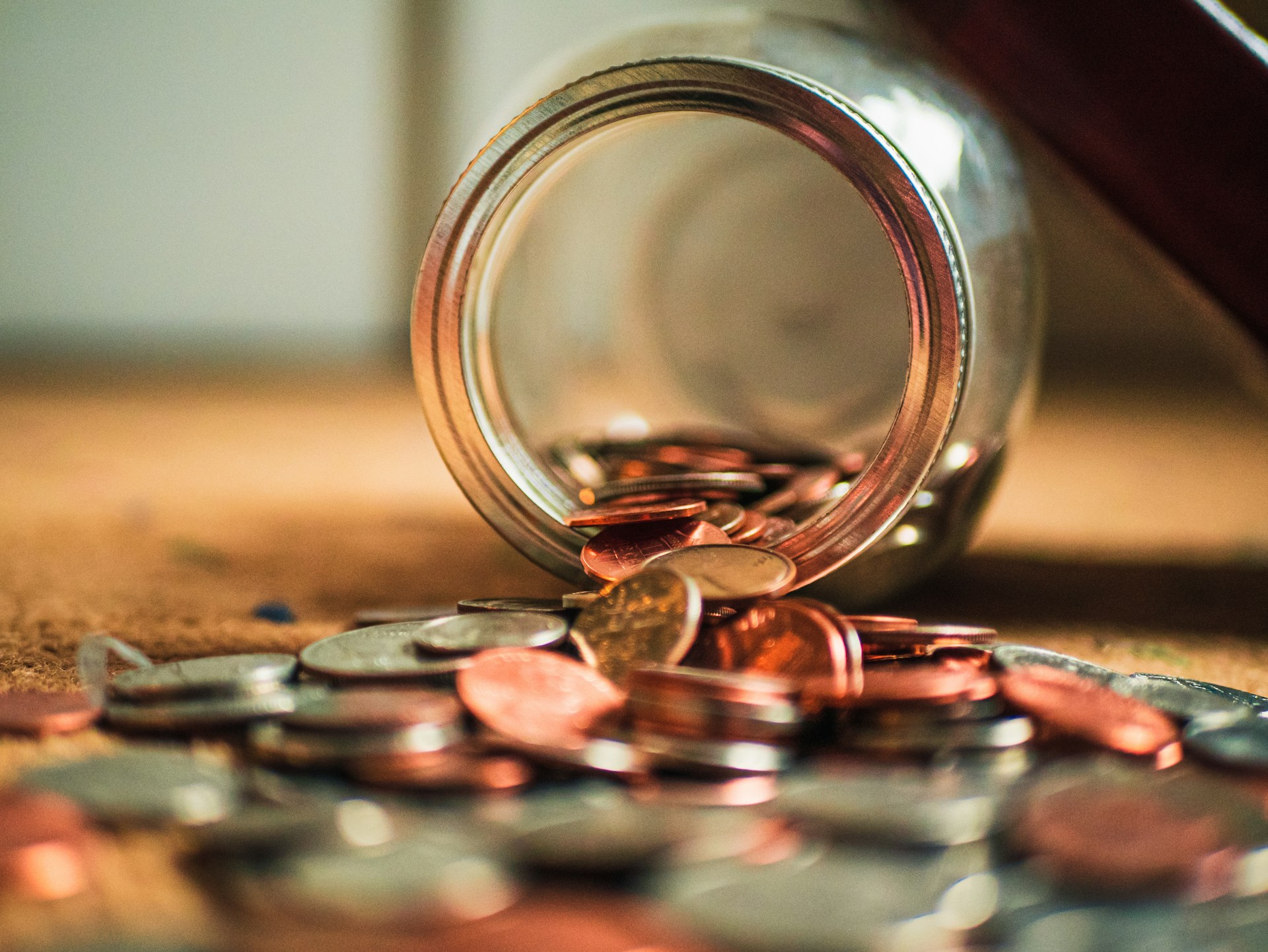

Question: What Has the Biggest Impact on Electric Bill?
Answer: The biggest impact on electric bills are heating and cooling, followed by appliances like water heaters, refrigerators, and clothes dryers.
Decoding Your Electricity Costs
Understanding the factors influencing your electricity bill empowers you to manage your energy consumption and budget effectively. “What has the biggest impact on electric bill?” is a common question, and while there’s no single answer, several key factors contribute significantly.
Heating and Cooling: The Primary Energy Consumers
In most homes, heating and cooling systems represent the largest portion of electricity consumption. During colder months, electric furnaces, baseboard heaters, and heat pumps work tirelessly to maintain comfortable indoor temperatures. In summer, air conditioners combat the heat, driving up electricity usage. The efficiency of these systems, coupled with the home’s insulation and airtightness, plays a crucial role in determining the overall impact on your bill.
Tips for Managing Heating and Cooling Costs
Regular Maintenance:
Ensure your HVAC system undergoes regular maintenance for optimal performance.Proper Insulation:
Adequate insulation prevents heat loss in winter and heat gain in summer.Thermostat Management:
Programmable thermostats allow for optimized temperature control based on your schedule.
Click the link to learn more about real estate agents in Orangeville
Related Article: What Should I Turn Off to Save Electricity?
Related Article: What Style of House is Most Energy-Efficient?
Lighting: Illuminating the Path to Energy Savings
While lighting might not consume as much energy as heating or cooling, it still plays a role in your overall electricity bill. Traditional incandescent bulbs are significantly less efficient than modern LED lights. Switching to LEDs dramatically reduces energy consumption and also increases bulb lifespan, saving you money on replacements.
Illuminating Efficiently
Embrace LEDs:
Transitioning to LED lights offers significant energy savings and long-term cost benefits.Natural Light:
Maximize the use of natural light by opening curtains and blinds during the day.Occupancy Sensors:
Install occupancy sensors in less frequented areas to prevent unnecessary lighting.
Phantom Loads: The Silent Energy Drain
Many electronic devices and appliances continue to draw power even when turned off. This “phantom load” or “standby power” contributes to your electricity bill without providing any active function. Devices like televisions, computers, and gaming consoles often consume energy in standby mode. Unplugging devices or using power bars with switches can help minimize these phantom loads.
Combatting Phantom Loads
Unplug Devices:
Unplug devices when not in use to eliminate phantom loads entirely.Power Bars:
Use power bars with switches to easily turn off multiple devices at once.Identify Energy Vampires:
Identify devices with high standby power consumption and address them accordingly.
Time-of-Use Rates: Navigating Peak and Off-Peak Periods
Time-of-Use (TOU) pricing structures charge different rates for electricity based on the time of day. Peak periods, typically during high-demand hours, have higher rates, while off-peak periods offer lower rates. Shifting energy-intensive activities, such as laundry or dishwashing, to off-peak hours can help reduce your overall electricity costs.
Optimizing TOU Rates
Schedule Appliances Strategically:
Run energy-intensive appliances during off-peak hours to take advantage of lower rates.Monitor Usage Patterns:
Track your energy usage to identify peak consumption periods and adjust your habits accordingly.Understand Your TOU Plan:
Familiarize yourself with the specific peak and off-peak periods for your electricity plan.
Home Size and Occupancy: The Underlying Influence
Larger homes naturally require more energy to heat and cool. The number of occupants also impacts energy consumption, with more people generally translating to increased electricity usage for lighting, appliances, and hot water. While these factors are less easily adjustable than appliance usage or lighting choices, they provide context for understanding overall energy consumption patterns.
Conclusion
Managing your electricity bill effectively involves understanding the interplay of various factors. By addressing major energy consumers like heating and cooling systems, optimizing appliance usage, adopting energy-efficient lighting, minimizing phantom loads, and understanding TOU rates, you can gain control over your energy costs and reduce your environmental footprint. While “what has the biggest impact on electric bill?” depends on individual circumstances, taking proactive steps in each of these areas empowers you to make informed decisions and achieve substantial savings. [ 1 ]
References
1. https://www.torontohydro.com/for-home/understanding-high-bills


